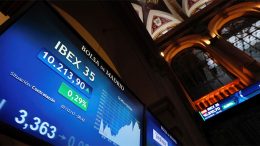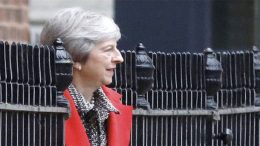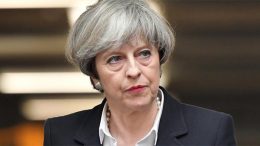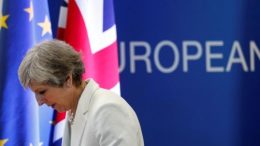Ibex 35 profits (-13,6%), marked by banking sector, macro slowdown and emerging markets
Santander Corporate & Investment | The publication of results is nearing its end, and European company profits have shown resilience in face of a global environment dominated by uncertainty: the trade war, volatility in emerging markets and weakness in their currencies, Brexit, the growth of populism etc. Spanish companies are very exposed to international markets, given that only a third of their benefits come from the domestic market.










